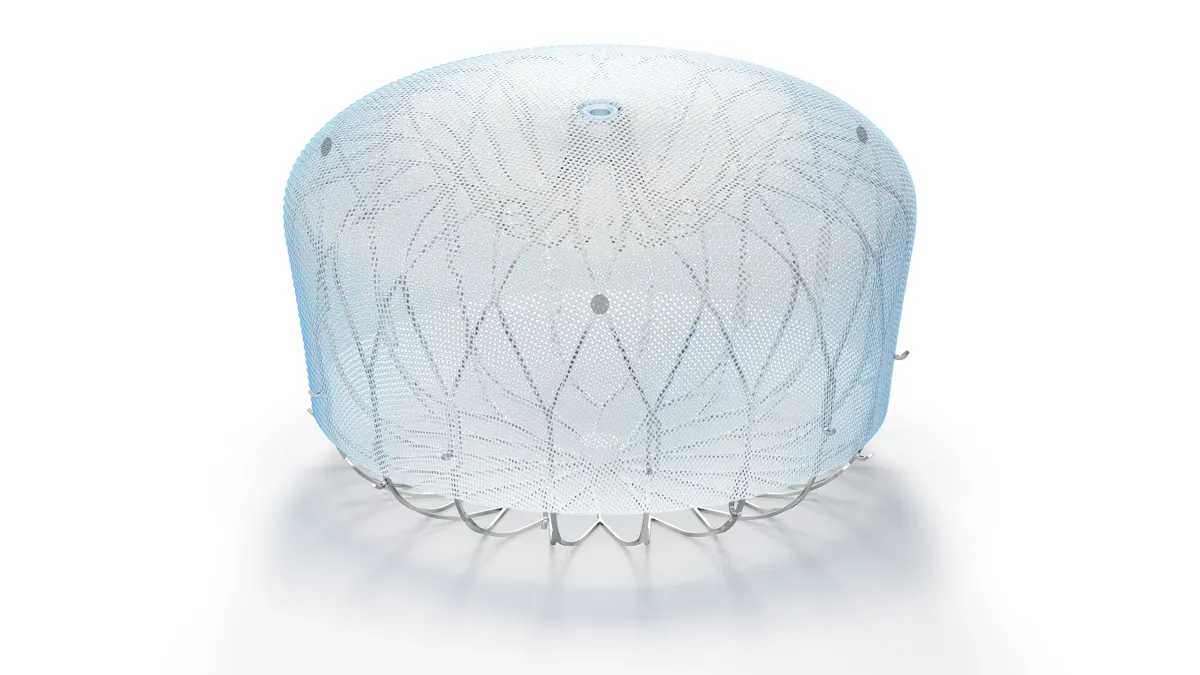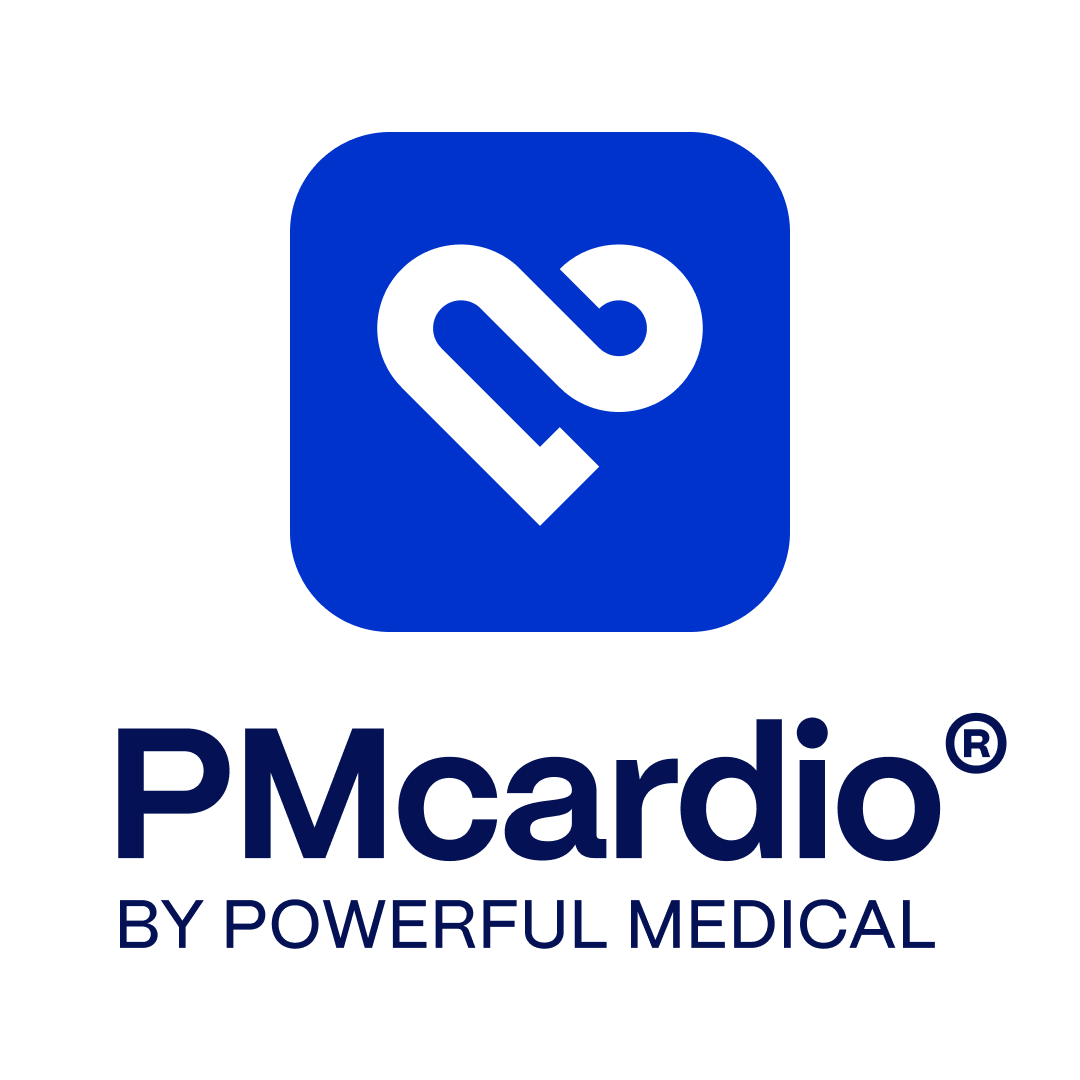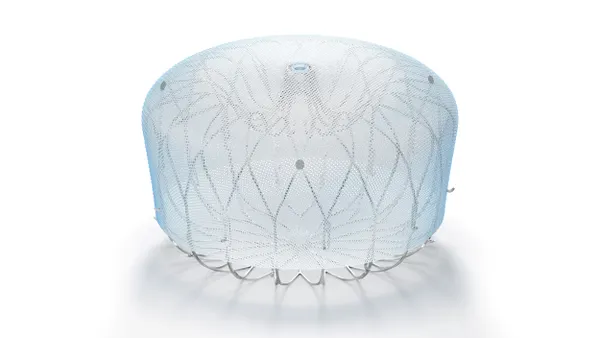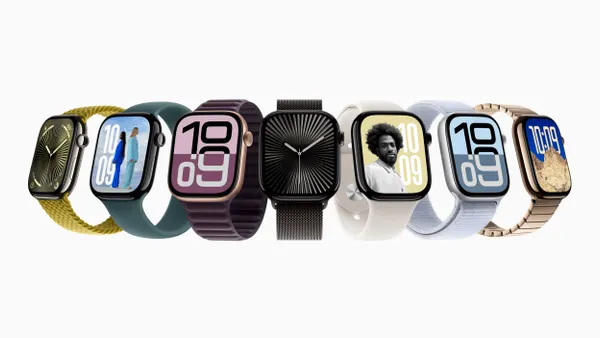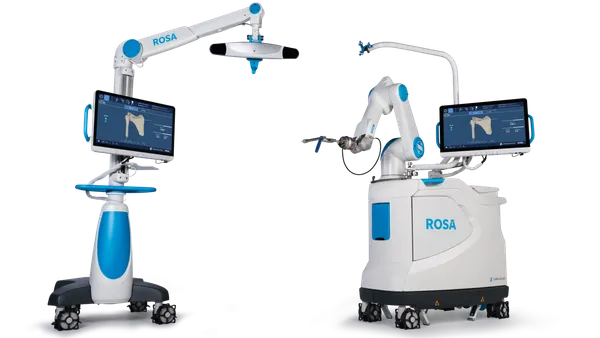Dive Brief:
- The Food and Drug Administration has released a list of the medical device guidance documents that it plans to develop or publish in its 2026 financial year.
- The agency said Tuesday that its top priorities include the finalization of guidance on the use of real-world evidence to support regulatory decisions and on predetermined change control plans for medical devices.
- Three of the FDA’s four priority draft guidance documents are holdovers from the 2025 list. Like last year, the FDA has listed guidance on air purifying respirators and menstrual products among its top draft document priorities for 2026.
Dive Insight:
The list covers the documents that the FDA’s Center for Devices and Radiological Health will prioritize in the next 12 months, as well as guidelines that it will develop and publish if it has the resources. Officials named four final guidance topics as priorities for 2026.
In addition to the RWE and PCCP documents, the FDA will prioritize the finalization of texts on validating diagnostics for emerging pathogens and incorporating voluntary patient preference information over the total product lifecycle. The diagnostics document was on the list of priorities that the FDA published one year ago. The patient preference guidance was among the texts being developed as resources permitted.
Officials have held consultations on draft versions of all of the texts prioritized for finalization. The RWE paper is the longest-running project, with the FDA seeking feedback on a draft version of the document in December 2023.
The list of priority draft guidance documents includes a text that the FDA named on its B-list in 2025. The newly prioritized guidance on the FDA’s policy for device software functions was envisaged as a revision of an existing document. The FDA published the current guidance, which covers regulatory oversight of device software functions and mobile medical applications, in 2022.
Officials are still drafting guidance documents on air purifying respirators and on menstrual tampons and pads, both of which were priorities in 2025. The title of the planned menstrual device draft has changed, with the FDA now focusing on labeling and performance testing recommendations. The FDA’s focus on tampons follows a study that raised concerns about the potential health risks of metals in the devices.
Depending on resources, the FDA could finalize up to three other guidance documents. The documents on the final guidance B-list cover premarket considerations for weight loss devices, lifecycle management considerations and marketing submission recommendations for artificial intelligence-enabled software, and the content of human factors information in medical device marketing submissions.
The FDA is seeking feedback on the list until Dec. 1. Last year, feedback was “mostly in agreement” with the list, the FDA said. The agency said it will not develop four documents that were on its A-list last year. Two of the documents would have covered laboratory developed tests, an area where the FDA recently revised its plans.



